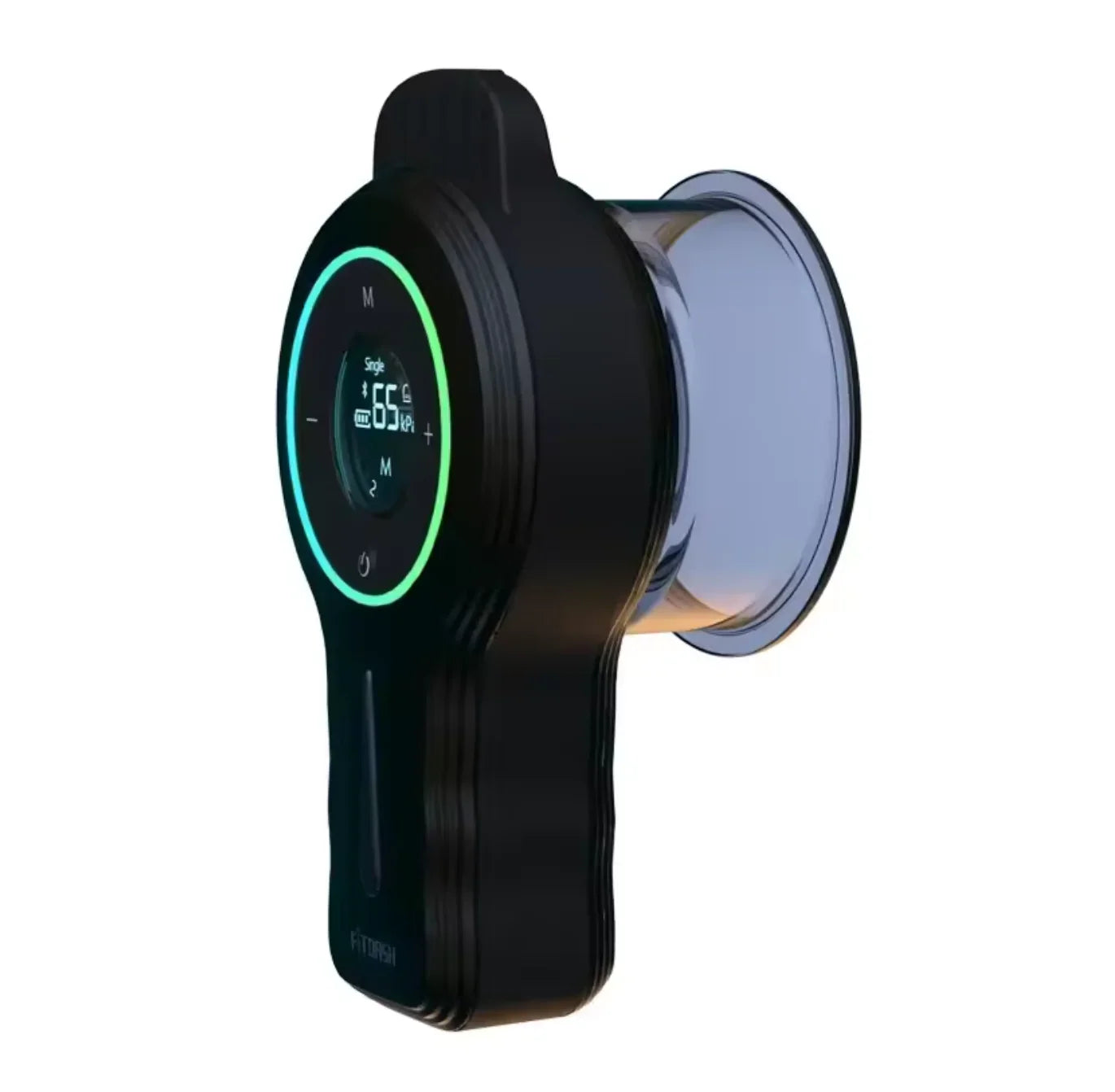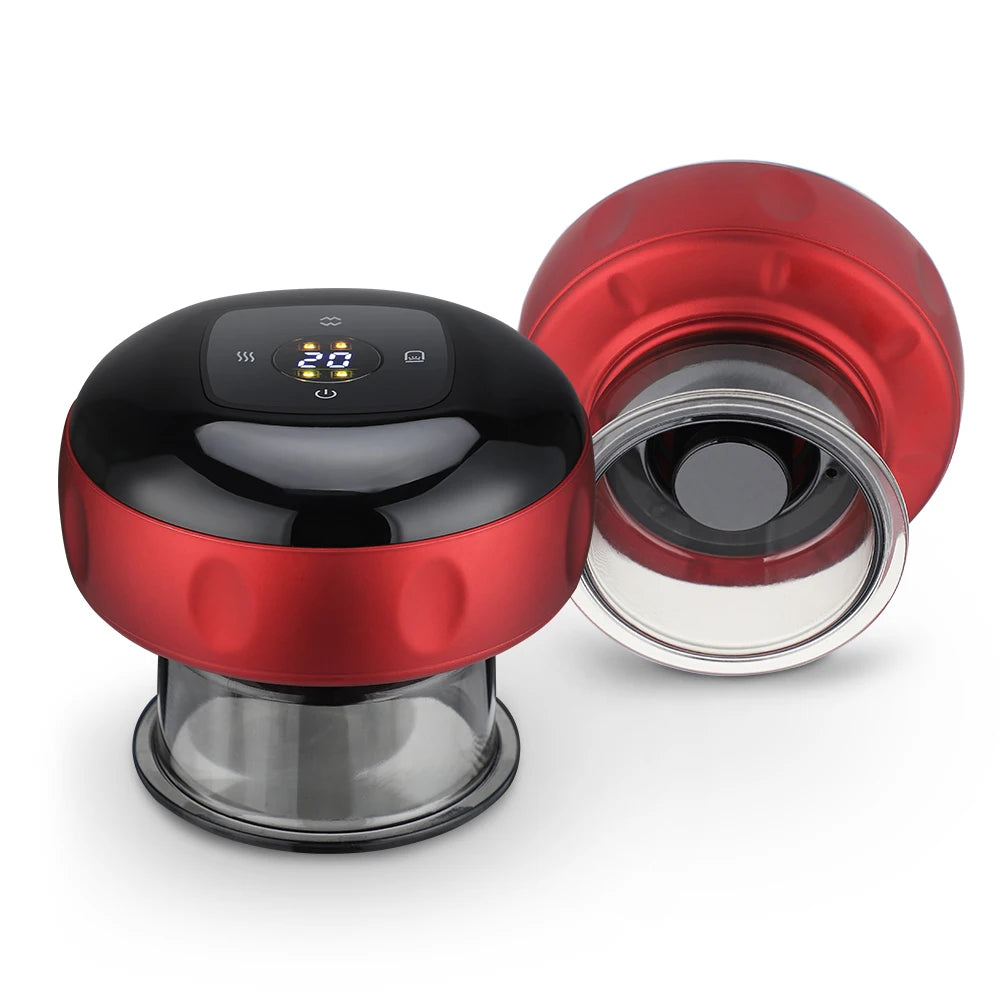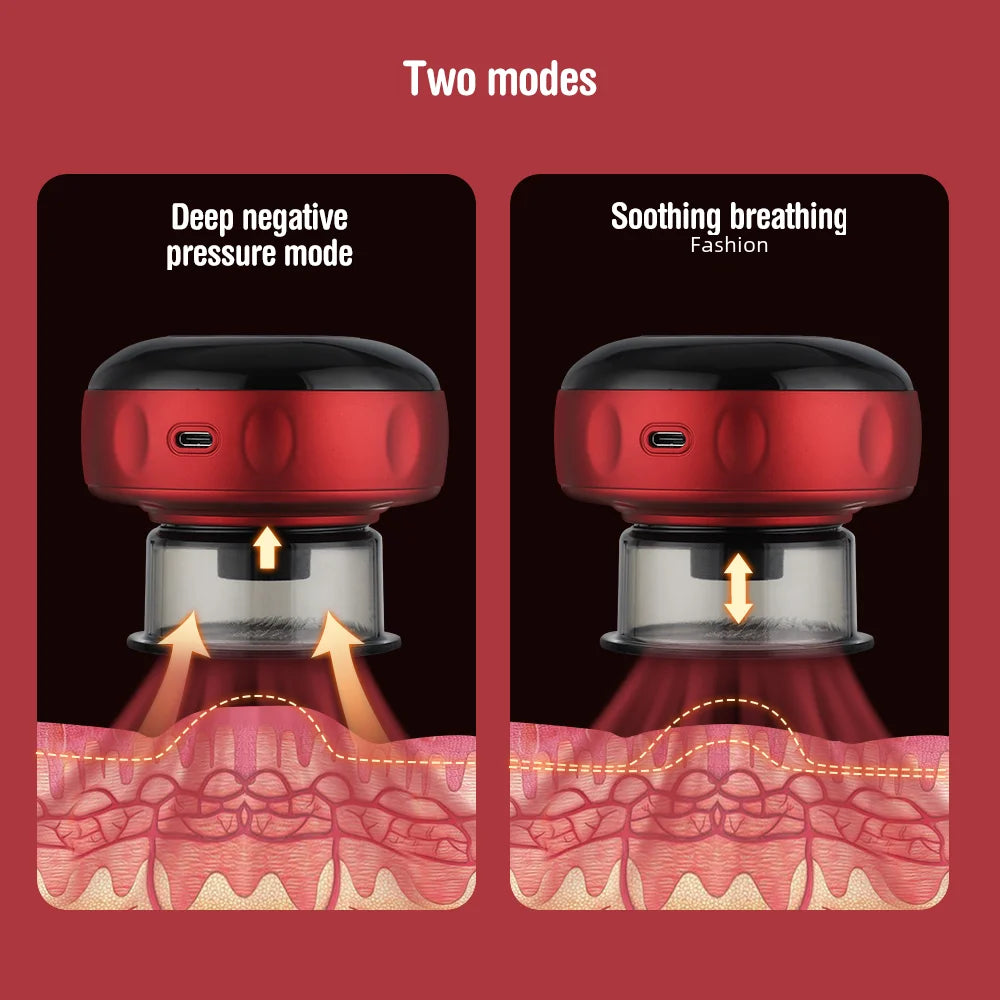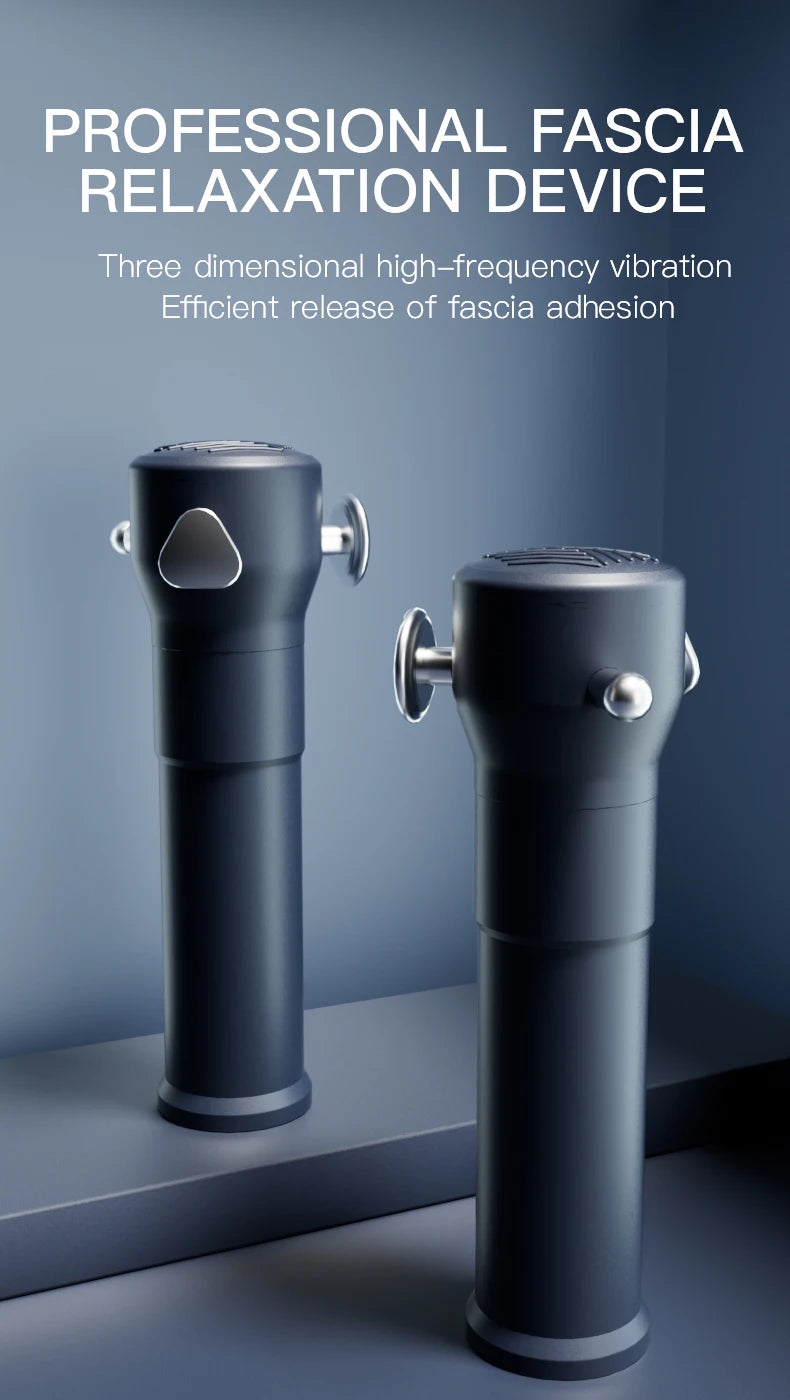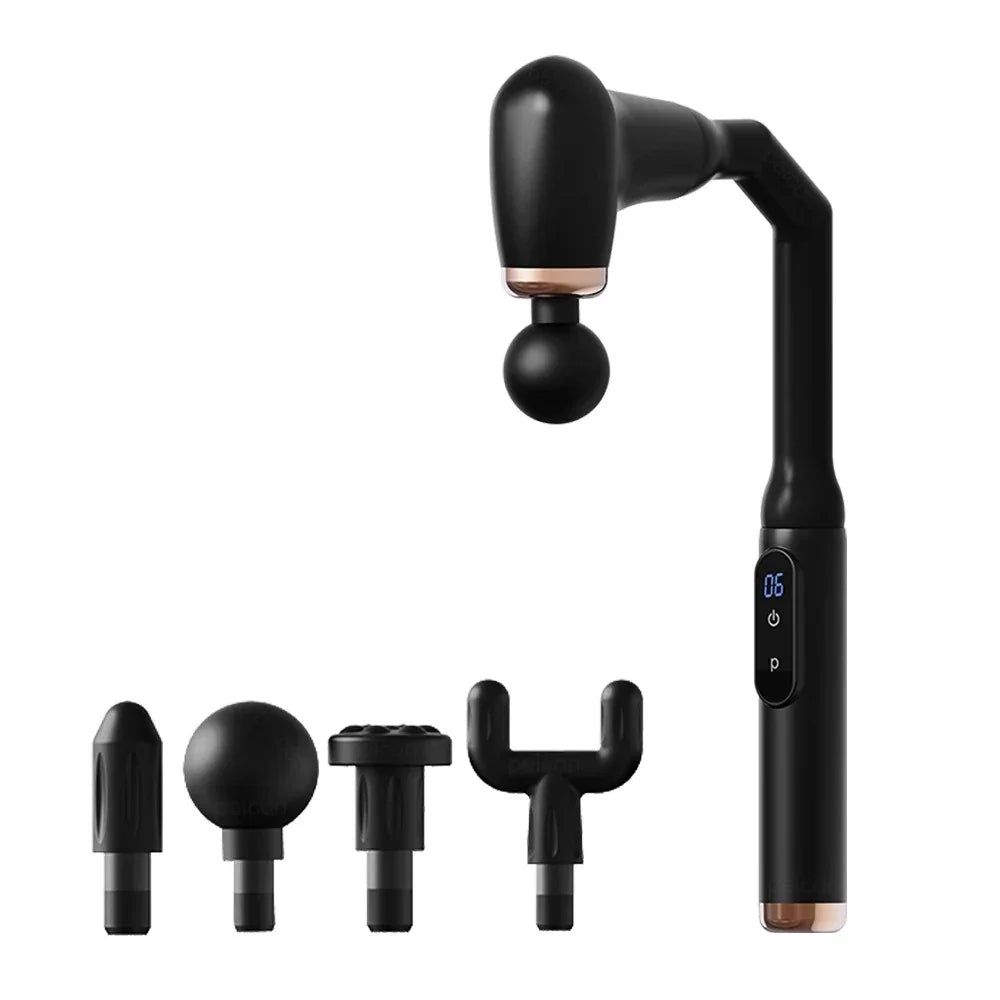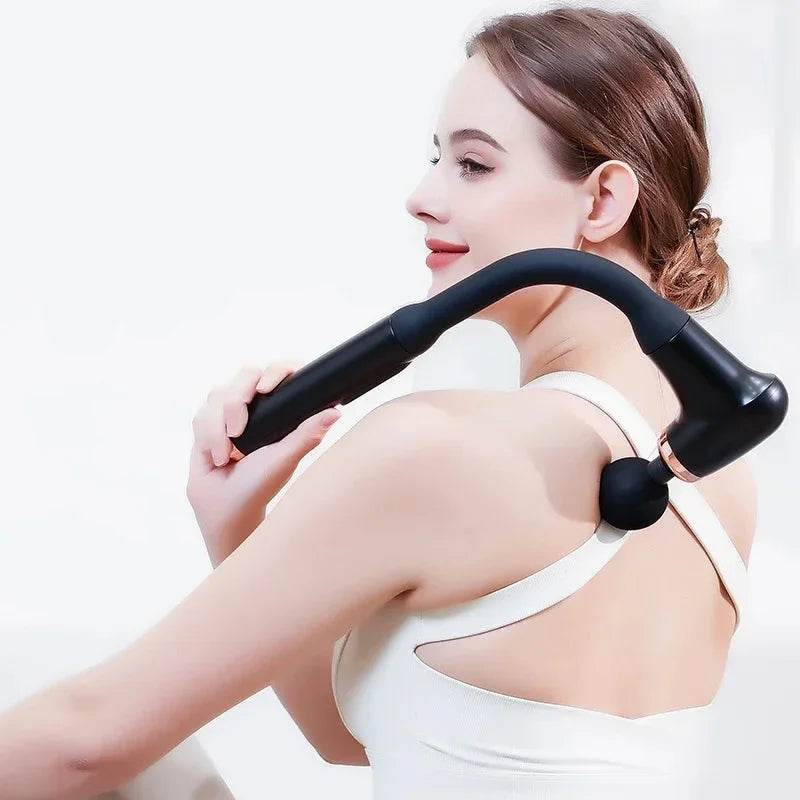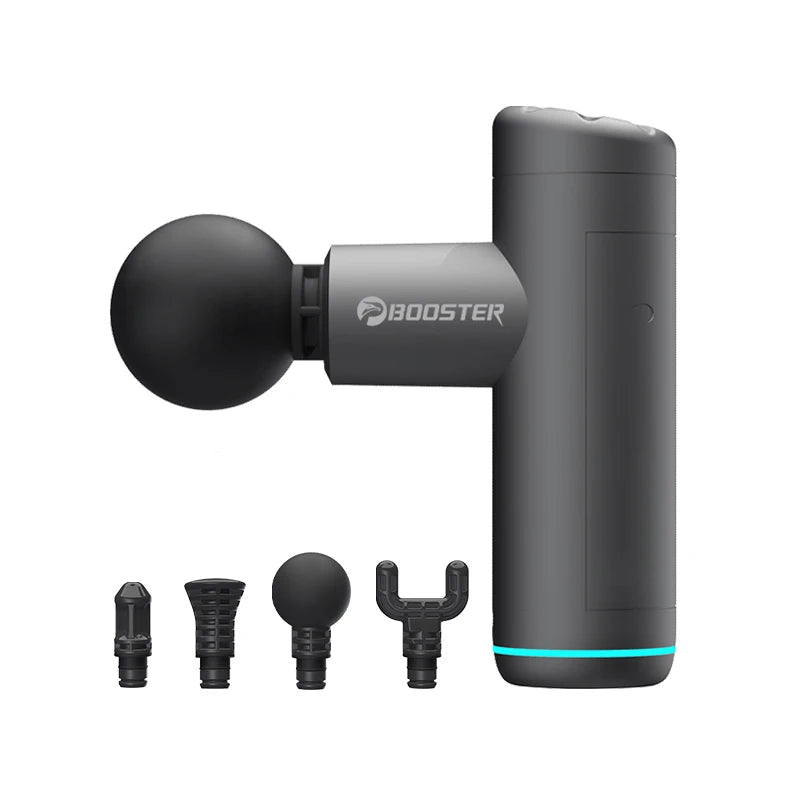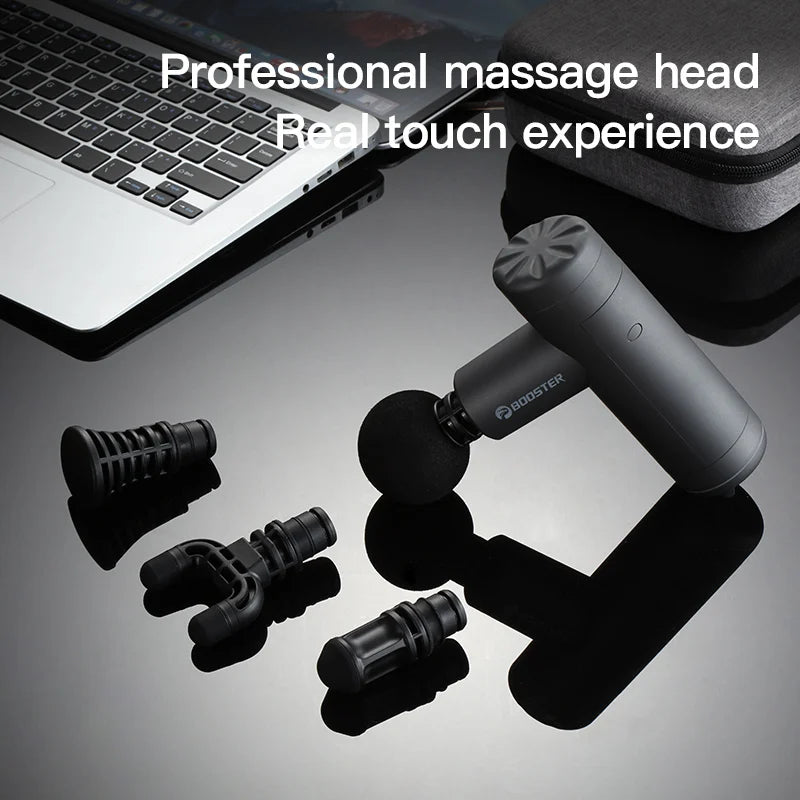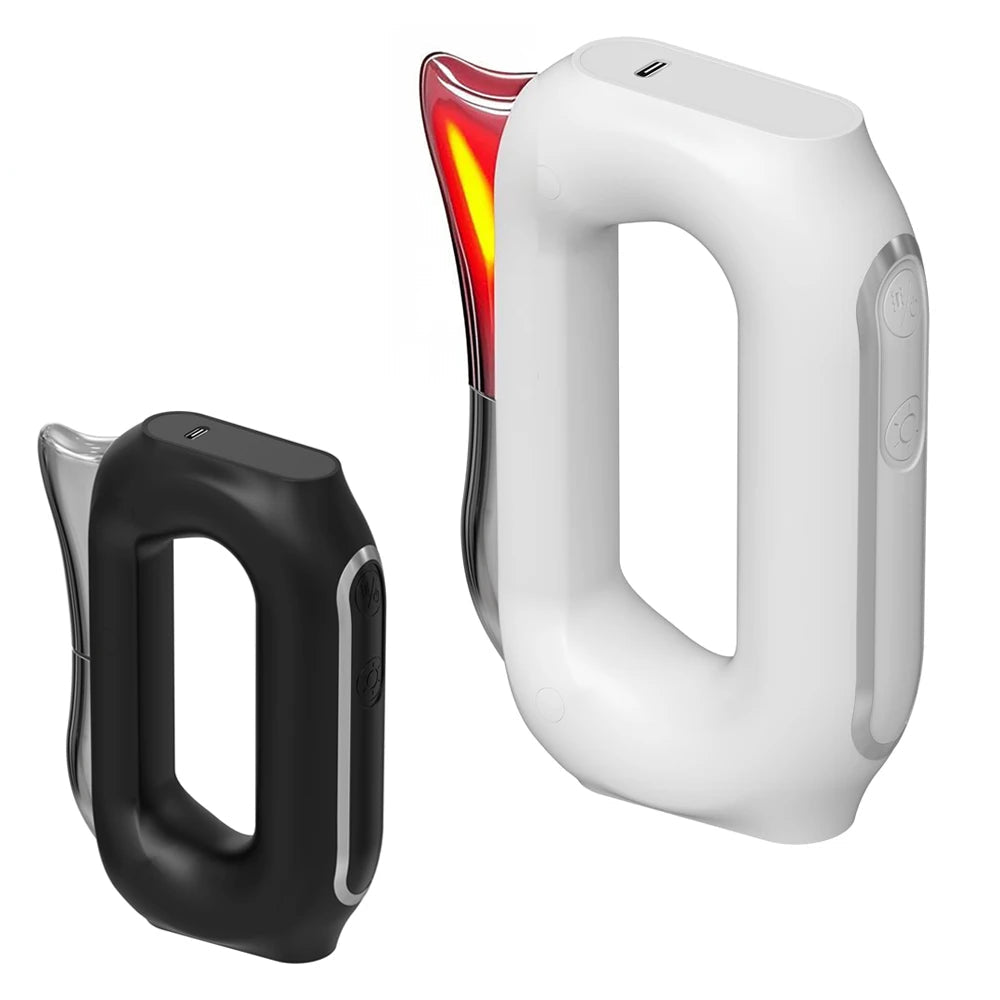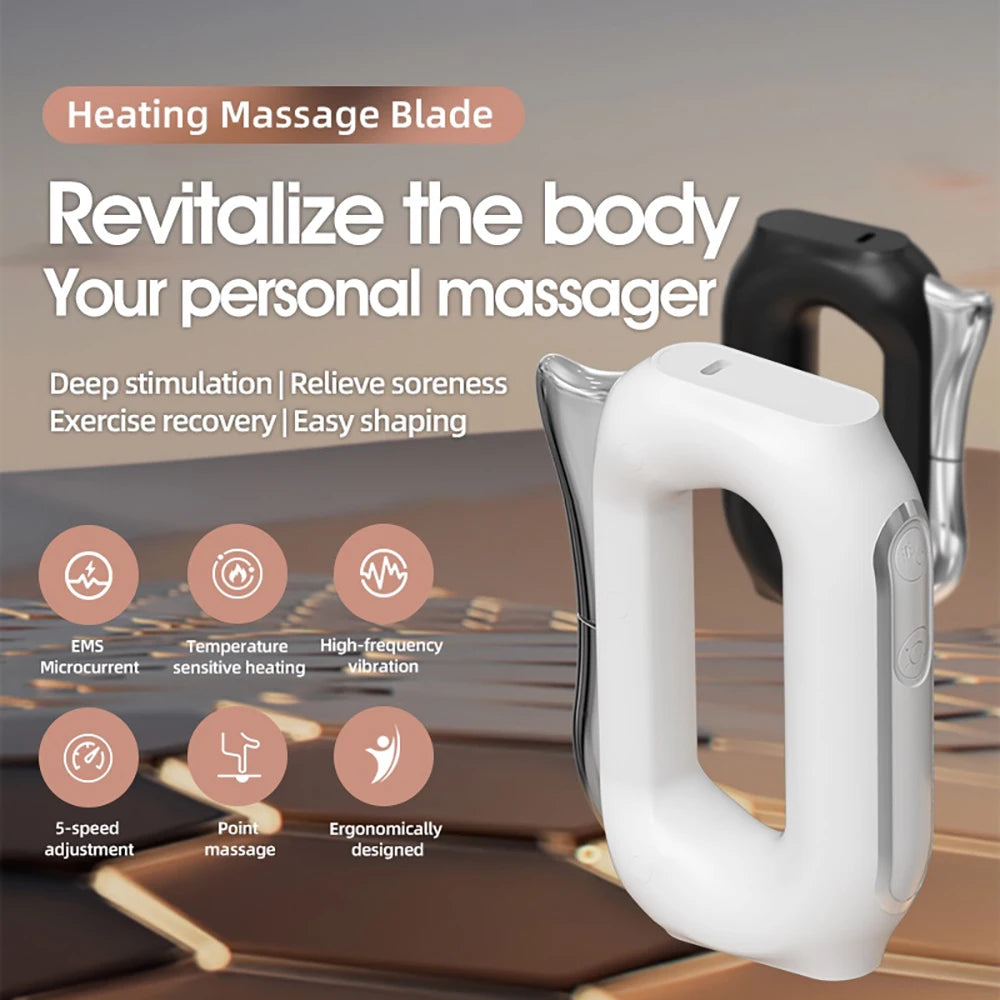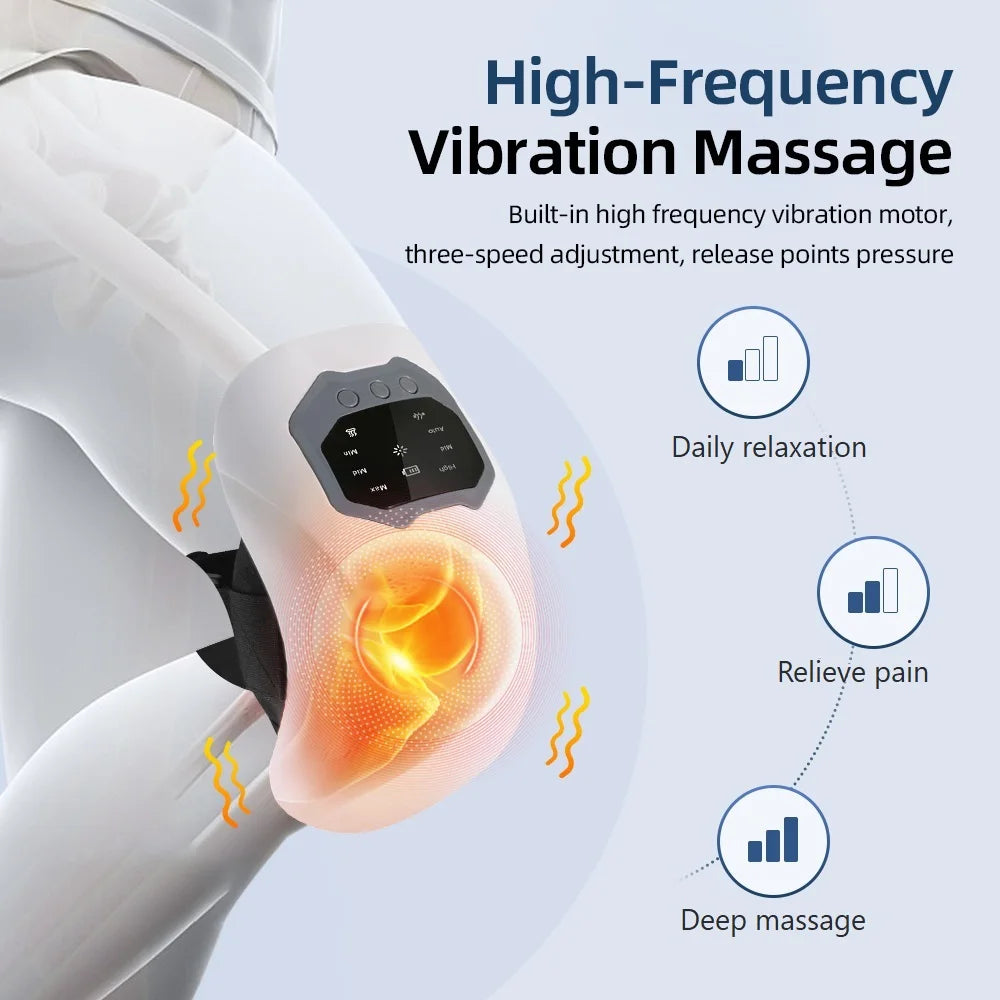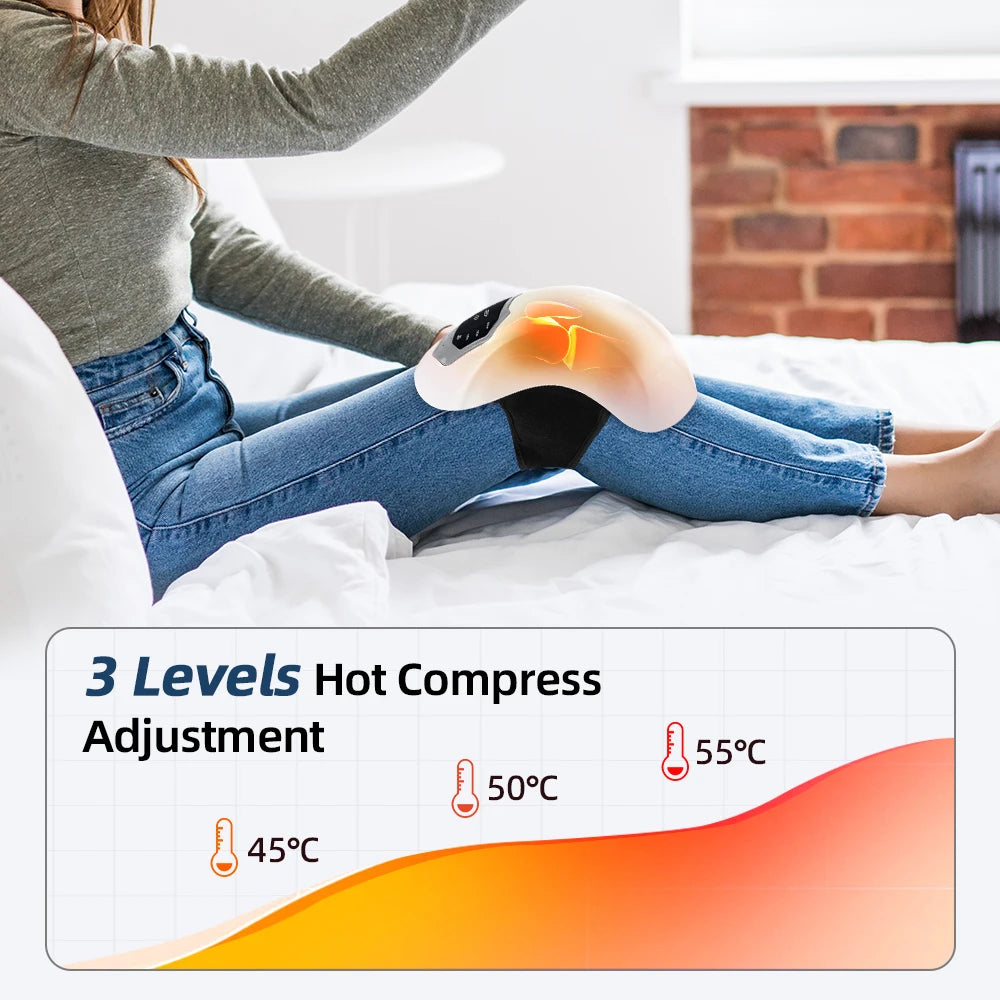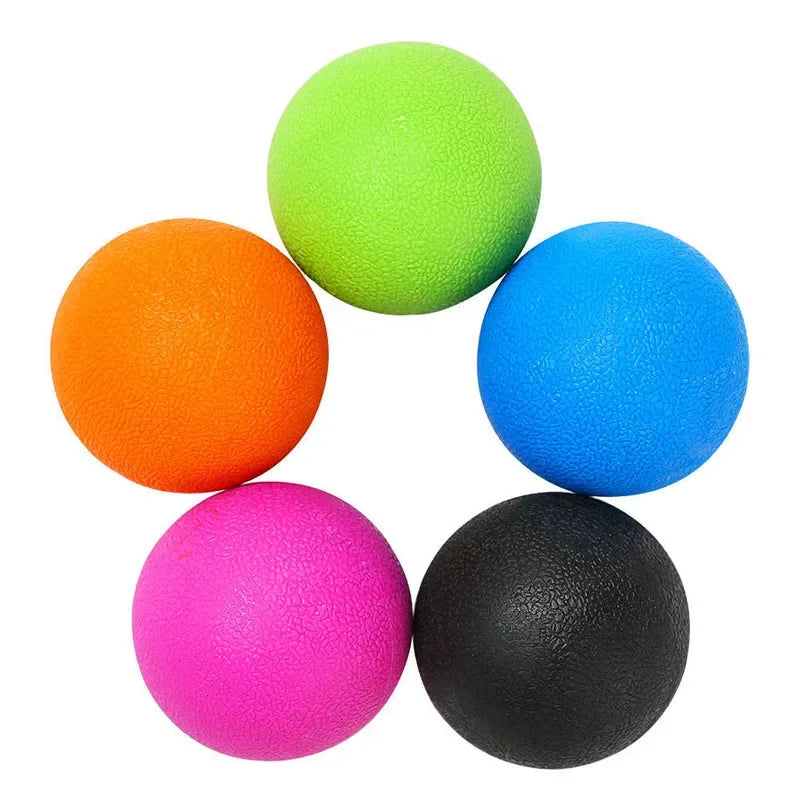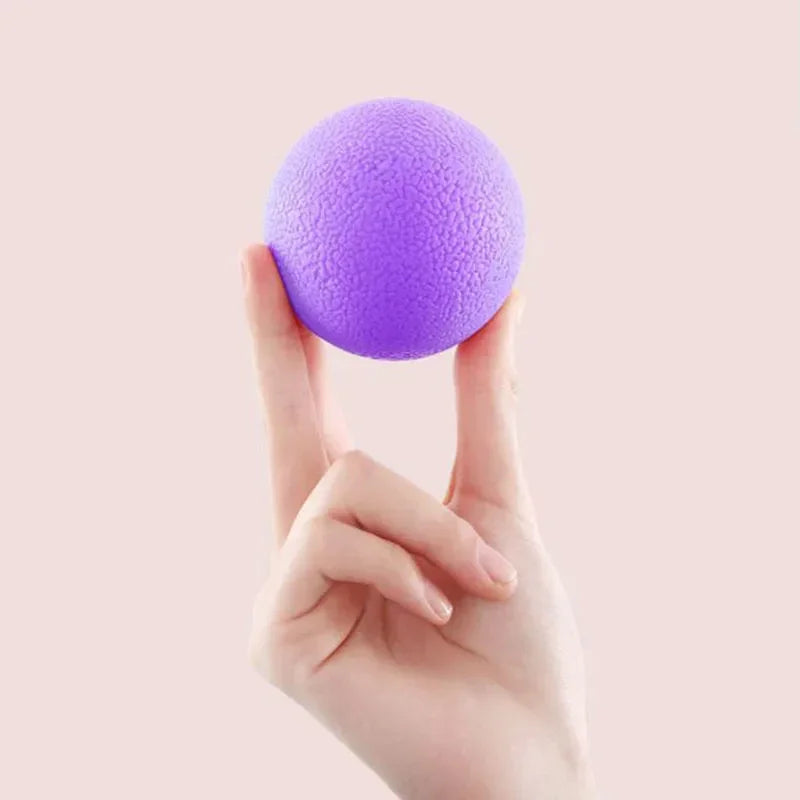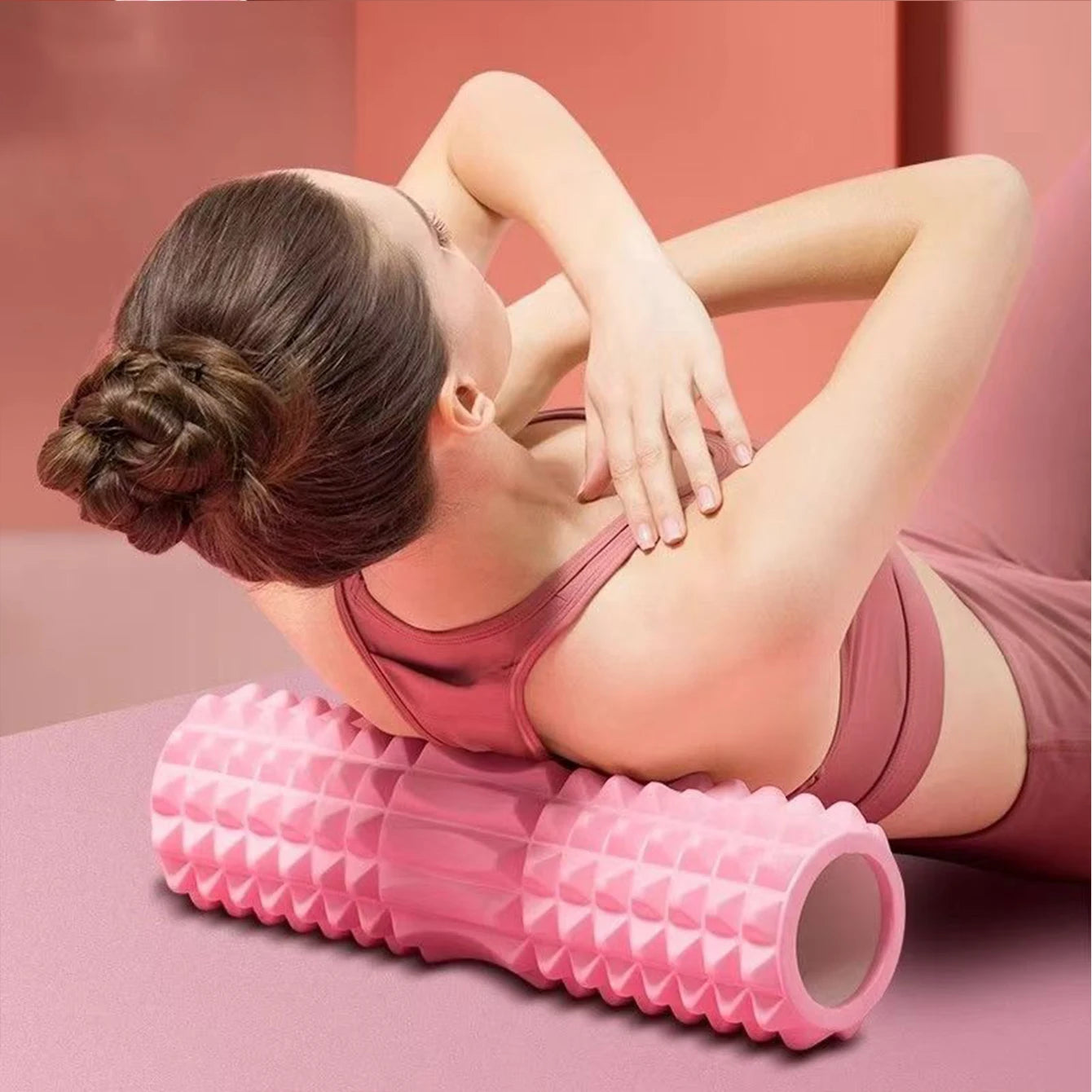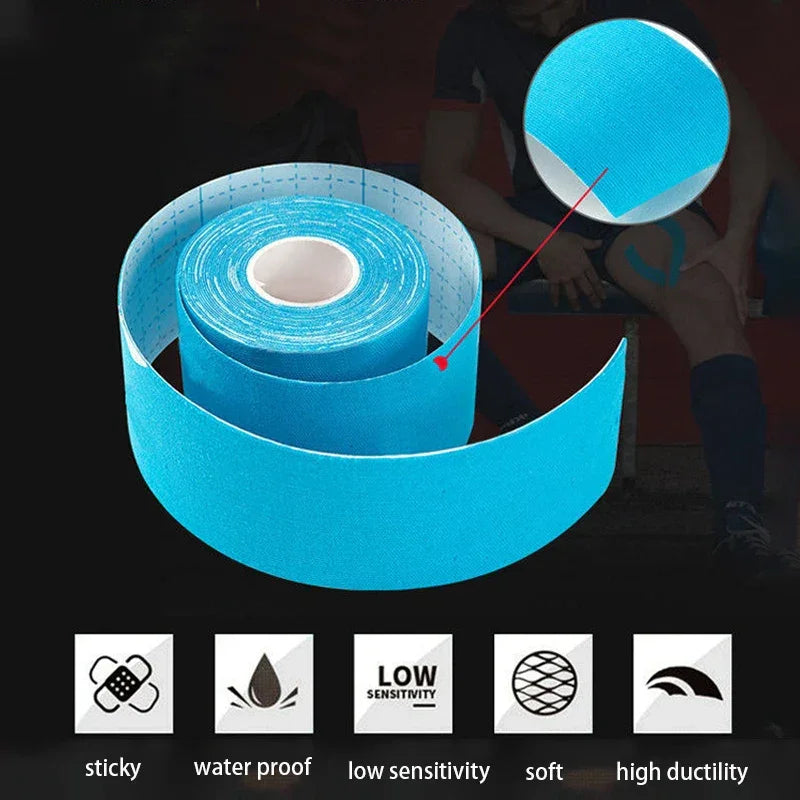What Is Massage Therapy?
Massage therapy is a hands-on technique that targets the body’s soft tissues to relieve tension, improve circulation, and support overall wellness. It helps reduce stress, ease pain, and promote recovery, making it a natural and effective way to enhance both physical and mental health. With proven benefits backed by clinical research, massage therapy is a trusted method used by health professionals and athletes to accelerate healing and maintain peak performance.
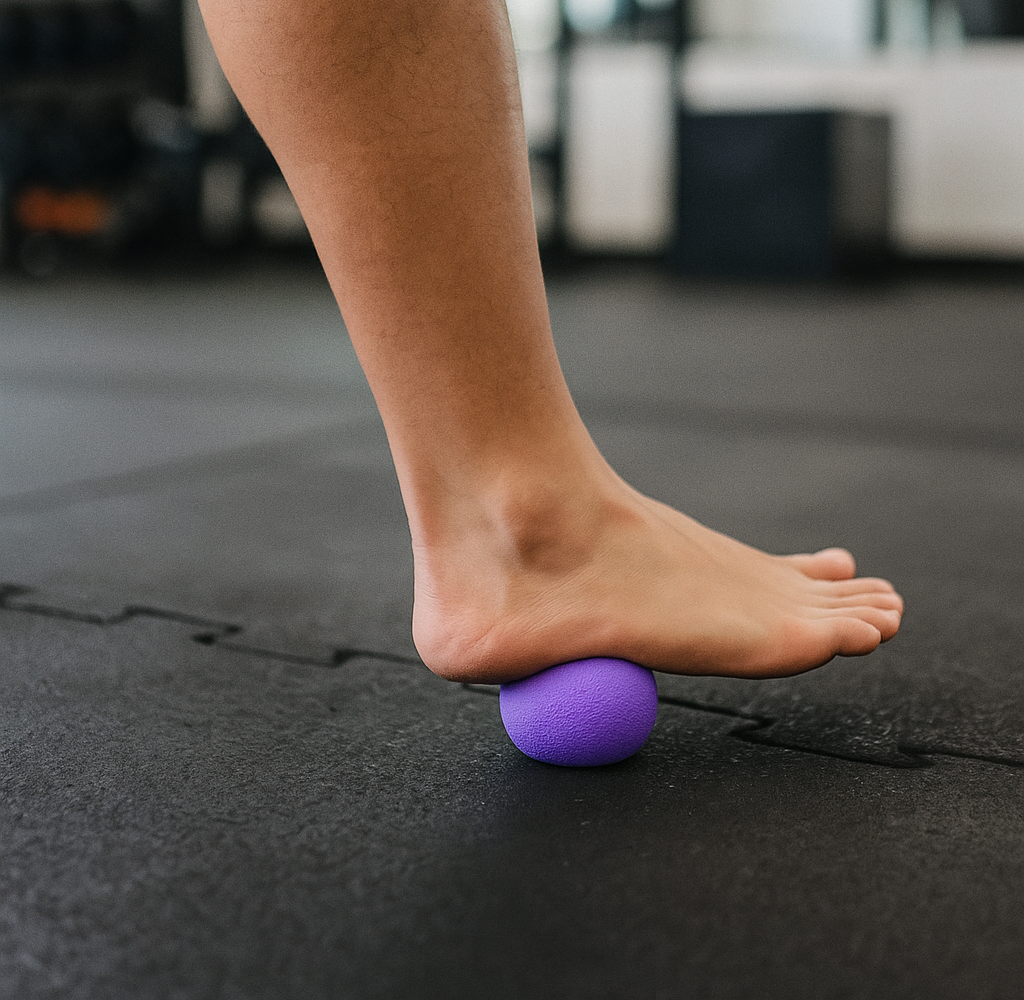
Relieve Muscle Tension
Using a massage gun post-workout is a powerful way to release built-up muscle tension and stimulate blood circulation. By delivering rapid pulses of pressure to targeted muscle groups, it helps break down tight knots, flush out lactic acid, and improve nutrient delivery to fatigued tissues. This accelerates recovery and reduces soreness, helping you bounce back quicker for your next session.

Reduce Stress
Massage therapy is a powerful tool for managing stress and enhancing emotional well-being. Through gentle pressure and rhythmic movements, it helps calm the nervous system, lower cortisol levels, and promote the release of feel-good hormones like serotonin and dopamine. This natural relaxation response can ease muscle tension, quiet the mind, and create a deep sense of tranquility. Regular massage therapy sessions support overall mental wellness, making it easier to cope with daily stressors and maintain a balanced, uplifted mood.
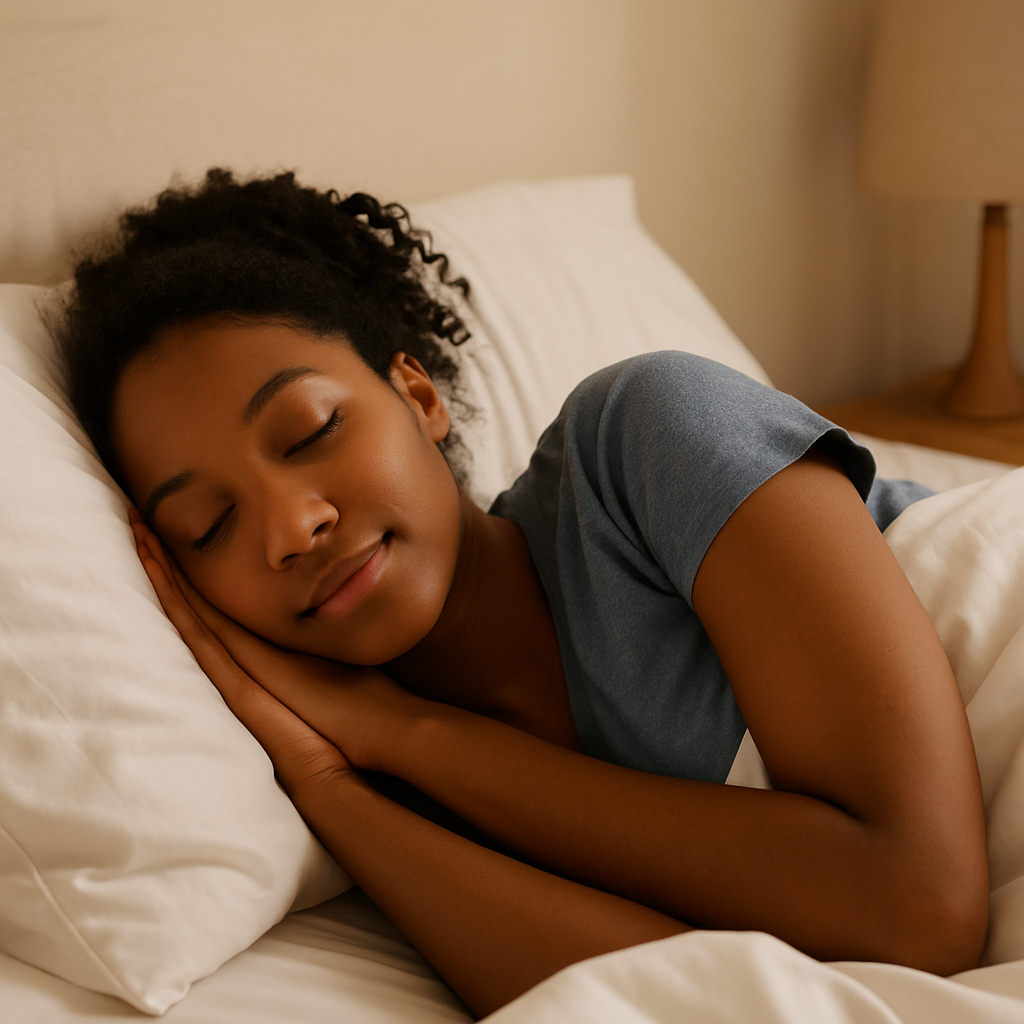
Improve Sleep
Massage therapy can greatly improve sleep by helping the body and mind relax. It reduces both physical tension and mental stress, two common causes of poor sleep. The gentle pressure used in massage lowers stress hormones like cortisol and increases levels of serotonin and melatonin, which help regulate mood and support healthy sleep cycles. This creates a calm, balanced state that makes it easier to fall asleep and stay asleep through the night. For people dealing with insomnia, anxiety, or chronic pain, regular massage offers a natural, restorative way to achieve better, more restful sleep.
FAQ
What is self-massage therapy, and how does it work?
Self-massage therapy involves using your hands, tools, or simple techniques to apply pressure to your own muscles. It works by relaxing tense areas, improving blood flow, and triggering the body’s natural relaxation response. Regular self-massage can help reduce stress, ease soreness, and support overall wellness.
How often should I do self-massage?
You can practice self-massage daily or a few times a week, depending on your needs. Short sessions of 10–15 minutes can be effective for maintaining muscle health, especially after exercise or long periods of sitting. Listen to your body, if a muscle feels tight or sore, gentle self-massage can help.
Are there any risks or things to avoid with self-massage?
While self-massage is generally safe, it's important to avoid applying too much pressure, especially over joints, bones, or inflamed areas. Don’t massage bruised, swollen, or injured tissue, and be cautious if you have conditions like varicose veins or nerve issues. If something feels sharp or painful, not just sore, stop immediately! When in doubt, consult a healthcare professional before starting a new routine.



